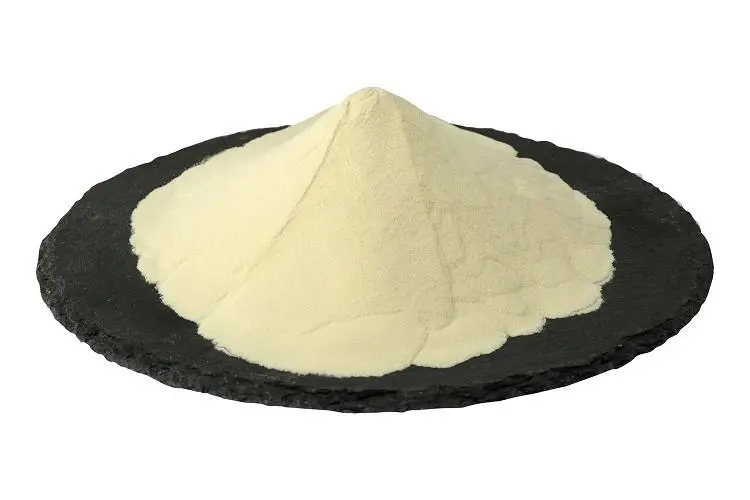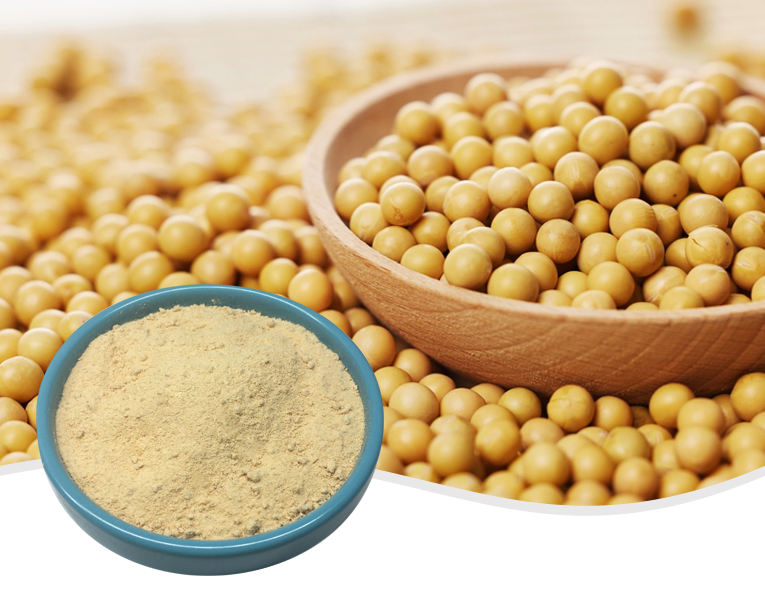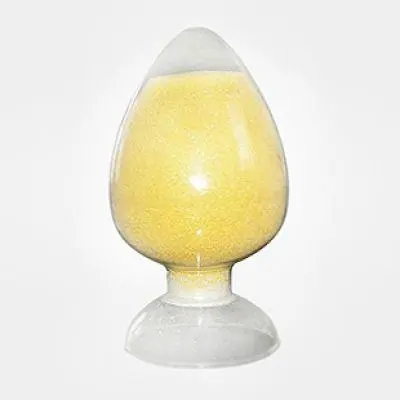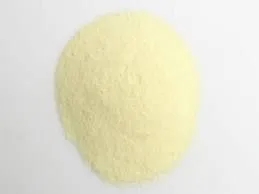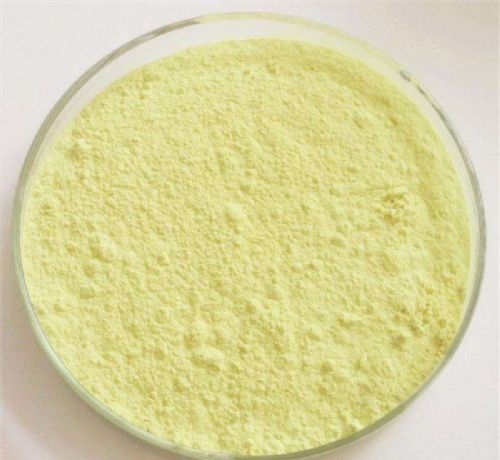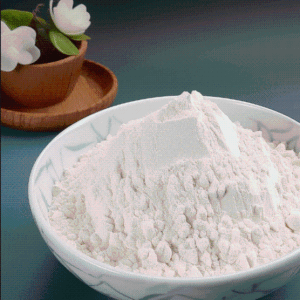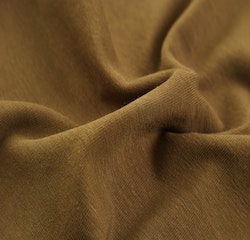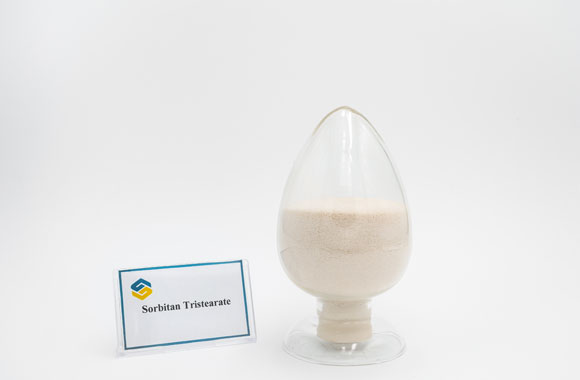Aflatoxin adsorbent


Aflatoxins are toxic compounds produced by certain molds, primarily Aspergillus flavus and Aspergillus parasiticus. These mycotoxins can contaminate a variety of food and feed products, posing a significant health risk to both humans and animals.
One of the strategies to mitigate the health risks associated with aflatoxin contamination is the use of aflatoxin adsorbents. Aflatoxin adsorbents are substances or compounds that can bind to aflatoxins, reducing their bioavailability and preventing them from being absorbed in the digestive tract. Here are some common aflatoxin adsorbents and their mechanisms of action:
Activated carbon is often used as an aflatoxin adsorbent. It works by adsorbing aflatoxins onto its porous surface, preventing their absorption in the gut.
Bentonite clay can bind aflatoxins due to its high adsorption capacity. It forms a complex with aflatoxins, preventing their absorption in the gastrointestinal tract.
Calcium bentonite clay is particularly effective in adsorbing aflatoxins and reducing their bioavailability.
Zeolites are crystalline aluminosilicate minerals that can adsorb aflatoxins due to their porous structure.
Some natural polysaccharides, like chitosan, have been studied for their ability to adsorb aflatoxins.
Commercially available mycotoxin binders often contain a combination of various adsorbents to target different types of mycotoxins, including aflatoxins.
It's important to note that the effectiveness of aflatoxin adsorbents can vary based on factors such as the specific adsorbent used, the aflatoxin contamination level, and the type of food or feedstuff involved. Additionally, the application of adsorbents should be done in accordance with regulatory guidelines and recommendations to ensure food safety.
Other supplier products
|
|
Phospholipid Price |
Soybean phospholipid is a white to light brown solid powder or light yellow to brown viscous liquid, derived from soybean oil foot, soybean phospho... |
|
|
Phosphatidylserine Main Component |
Phosphatidylserine is a ubiquitous and important phospholipid, very rare but with special functions. It is usually located in the inner layer of ce... |
|
|
Phospholipid Raw Material Export |
Phospholipids have a wide range of applications in various food products, primarily due to their unique molecular structure and multiple functional... |
|
|
Phosphatidylserine Power |
Phosphatidylserine power is a group of compounds, rather than a single component because the residues of lipo ethyl phthalein vary widely depending... |
|
|
Phosphatidylserine Powder Manufacturer |
What is the main function of phosphatidylserine powder? We have learned that phosphatidylserine can mainly improve the function of nerve cells, reg... |
All supplier products
Same products
|
|
Ethyl 2,4-dihydroxy-6-methyl-3-pyridinecarboxylate |
Seller: 846340 |
Ethyl 2,4-dihydroxy-6-methyl-3-pyridinecarboxylate is a chemical compound with the following stru... |
|
|
Sorbitan Monopalmitate |
Seller: GUANGDONG RUNHUA CHEMISTRY CO., LTD. |
Sorbitan monopalmitate, also known as sorbitan palmitate/SMP, is synthesized by the esterificatio... |
|
|
Sorbitan Monooleate |
Seller: GUANGDONG RUNHUA CHEMISTRY CO., LTD. |
sorbitan monooleate uses sorbitan monooleate surfactant What Is Sorbitan Monooleate? Sorbitan m... |
|
|
Sorbitan Monolaurate |
Seller: GUANGDONG RUNHUA CHEMISTRY CO., LTD. |
What Is Sorbitan Laurate?
Sorbitan monolaurate, also known as sorbitan laurate/SML, is synthesiz... |
|
|
Sorbitan Esters |
Seller: GUANGDONG RUNHUA CHEMISTRY CO., LTD. |
Sorbitan Esters Sorbitan esters are nonionic lipophilic surfactants that are commonly used as wat... |









